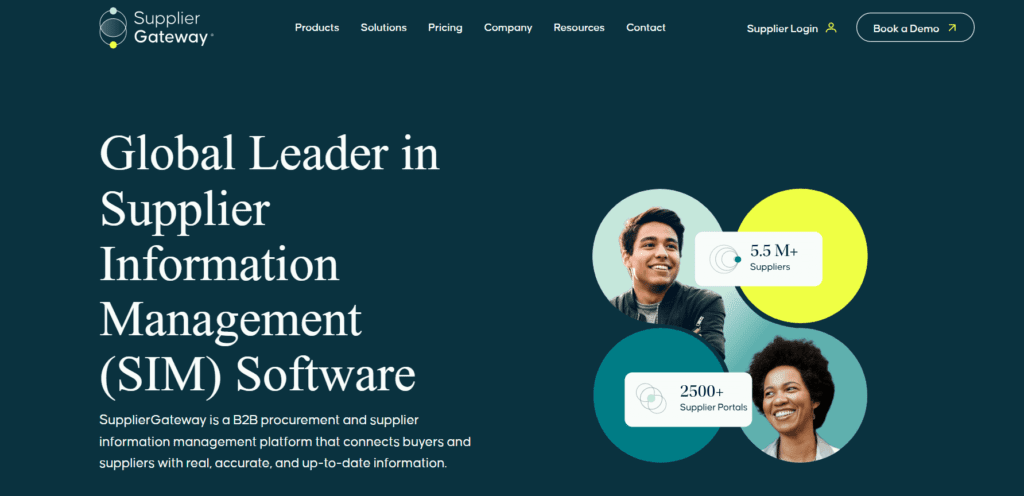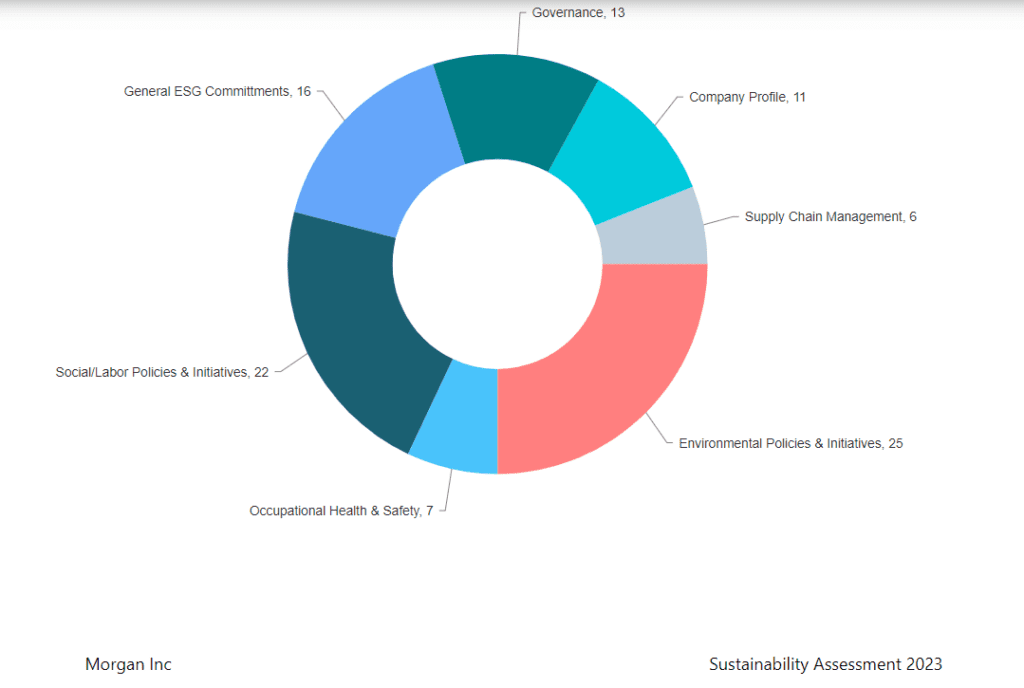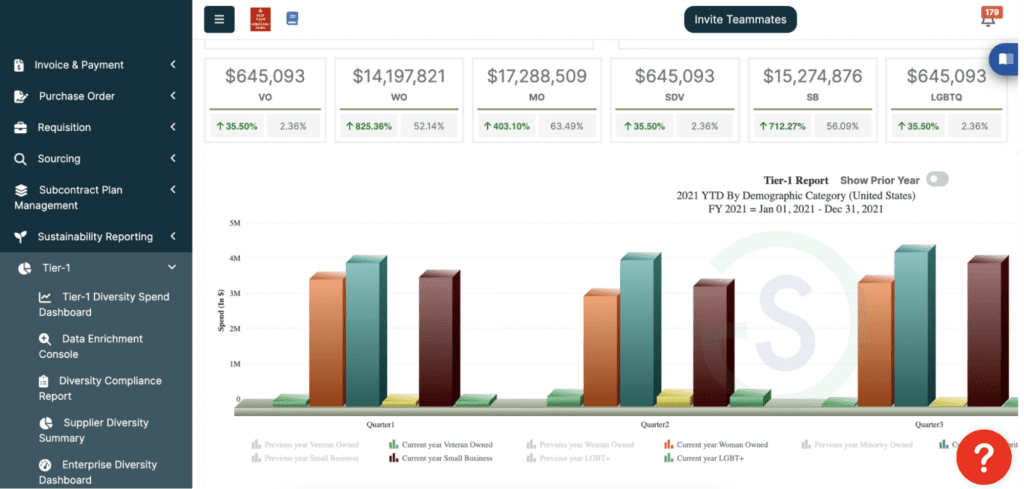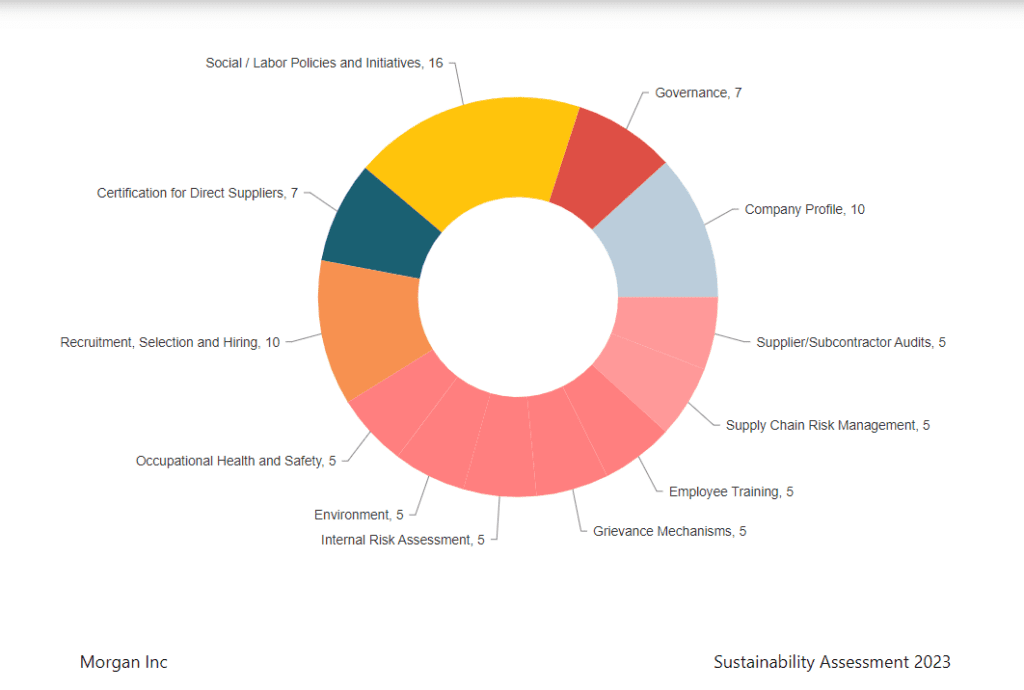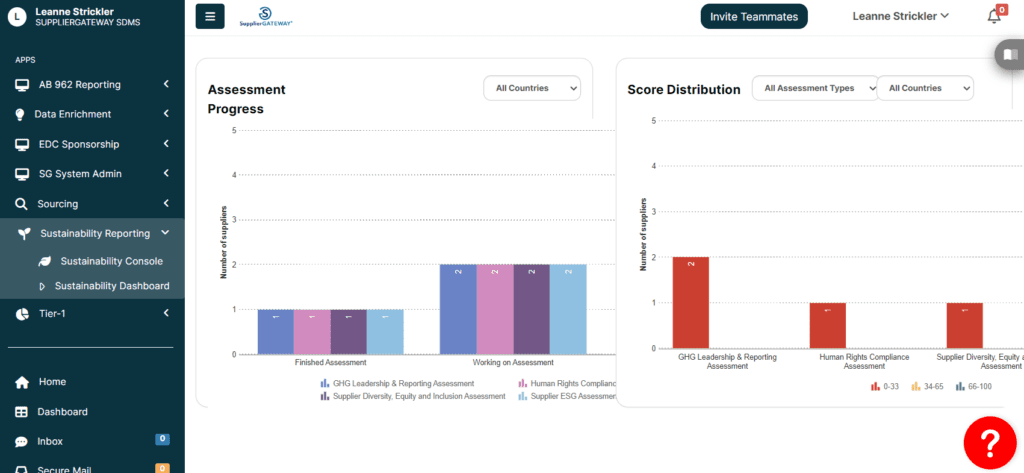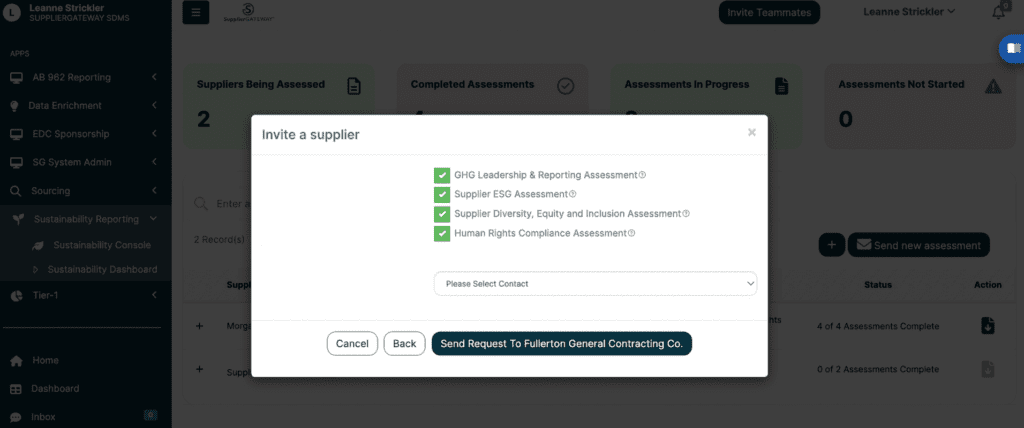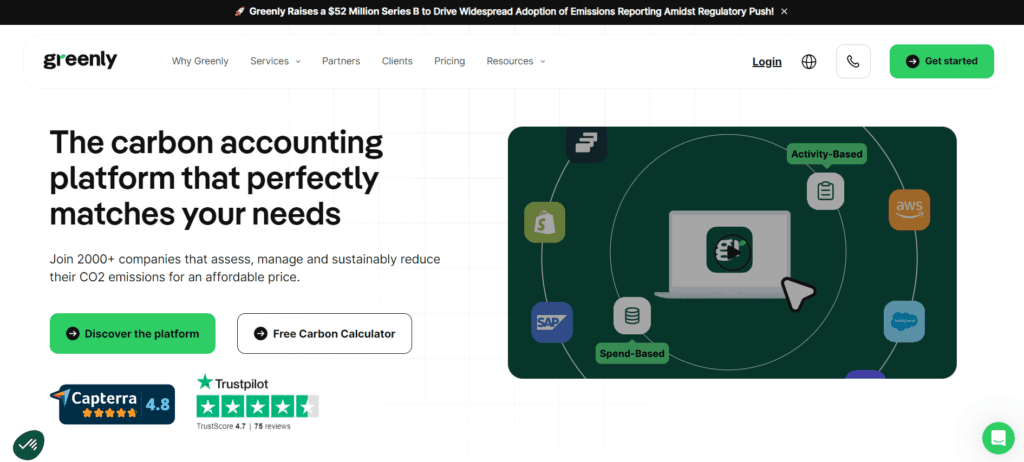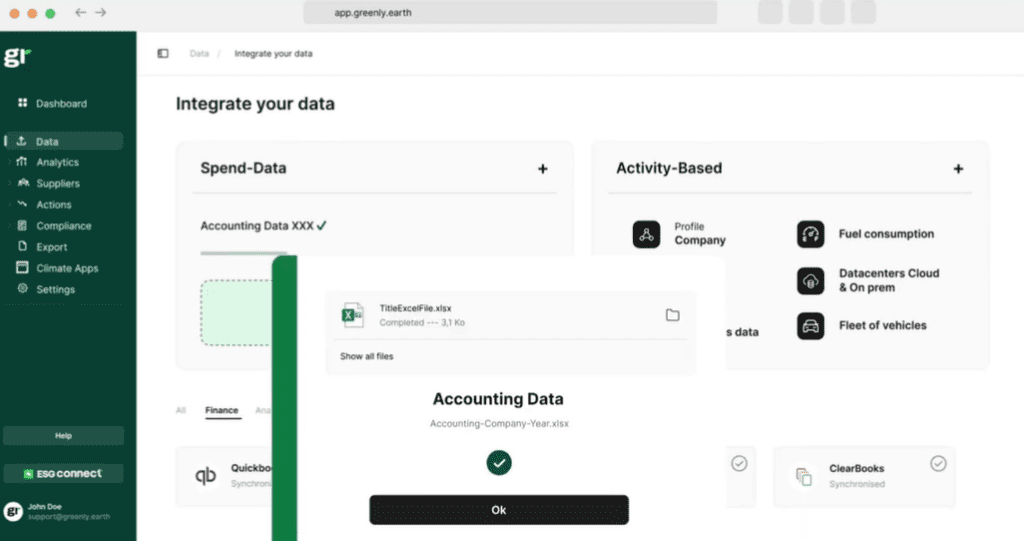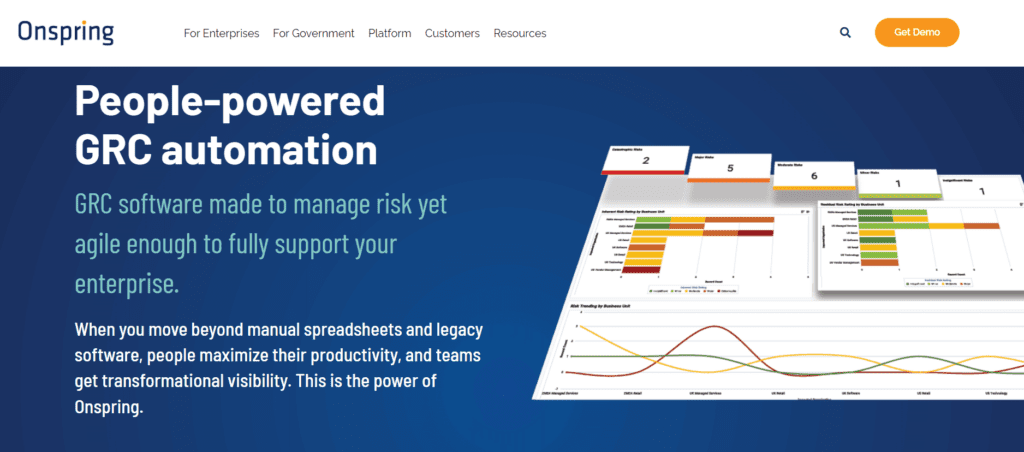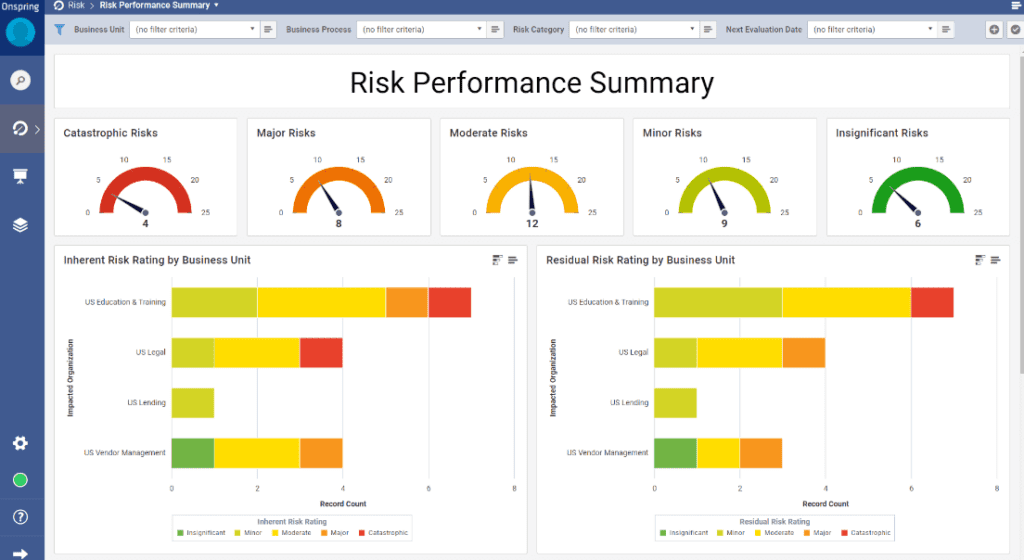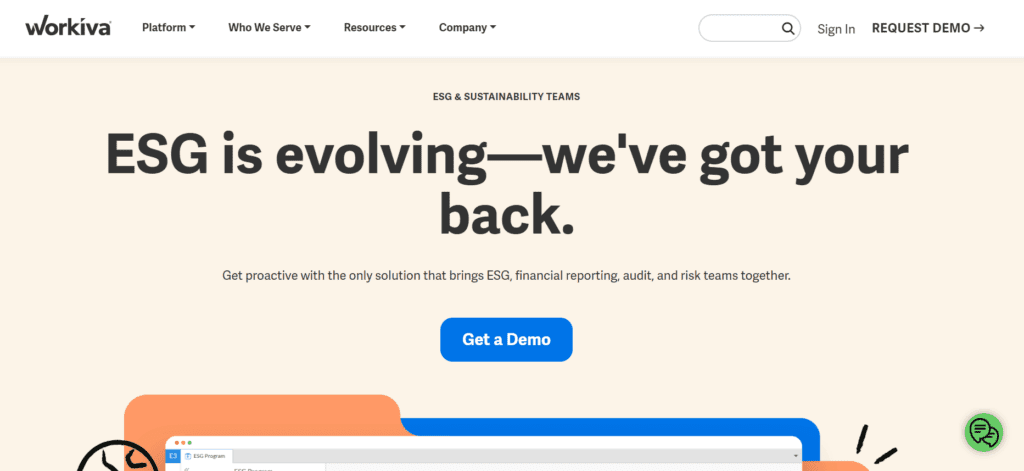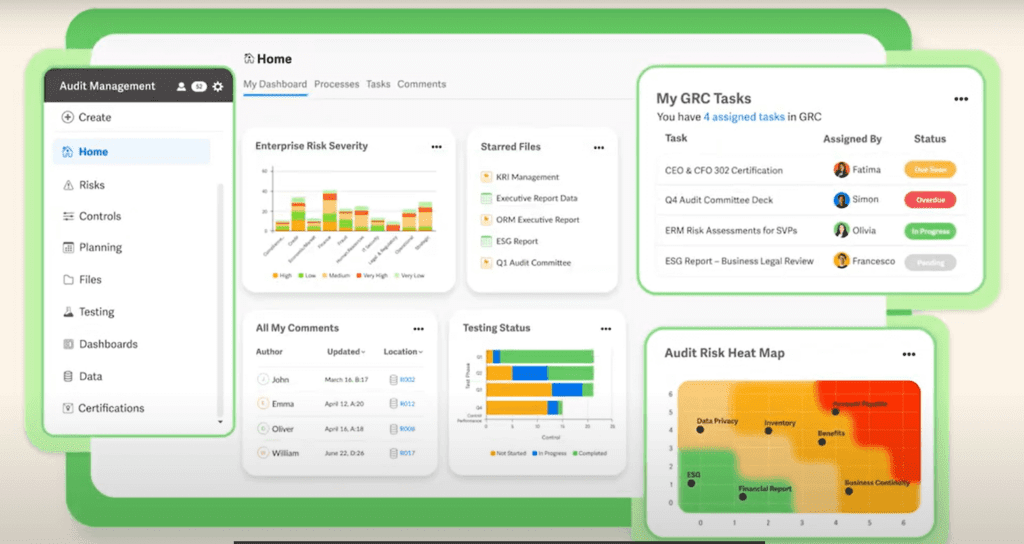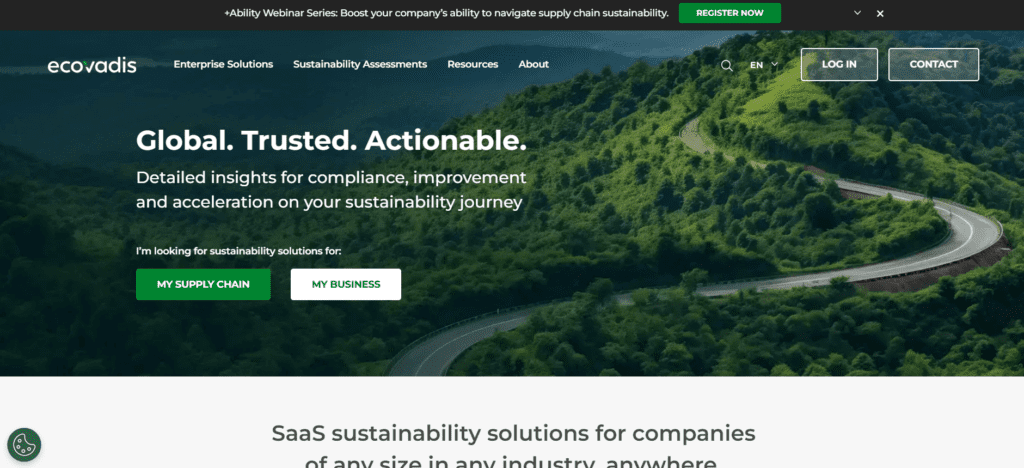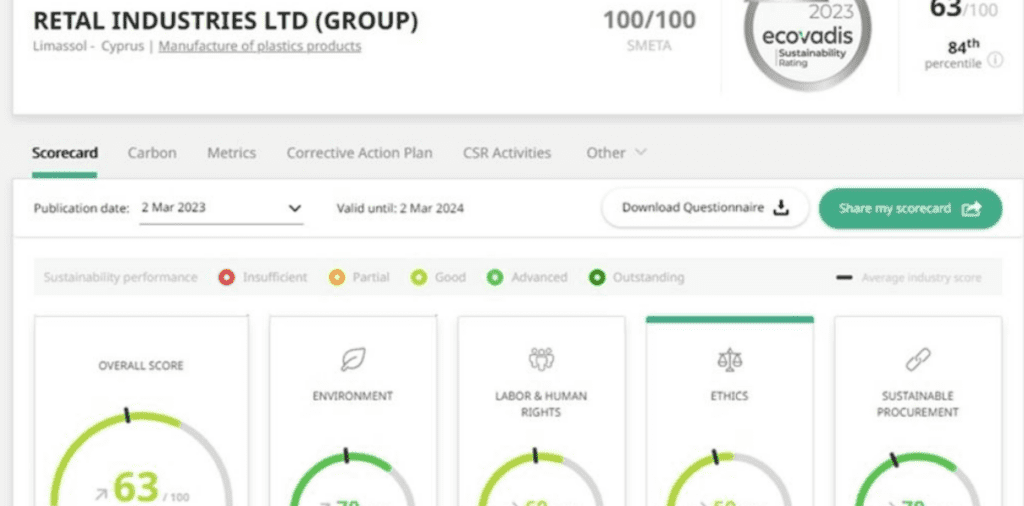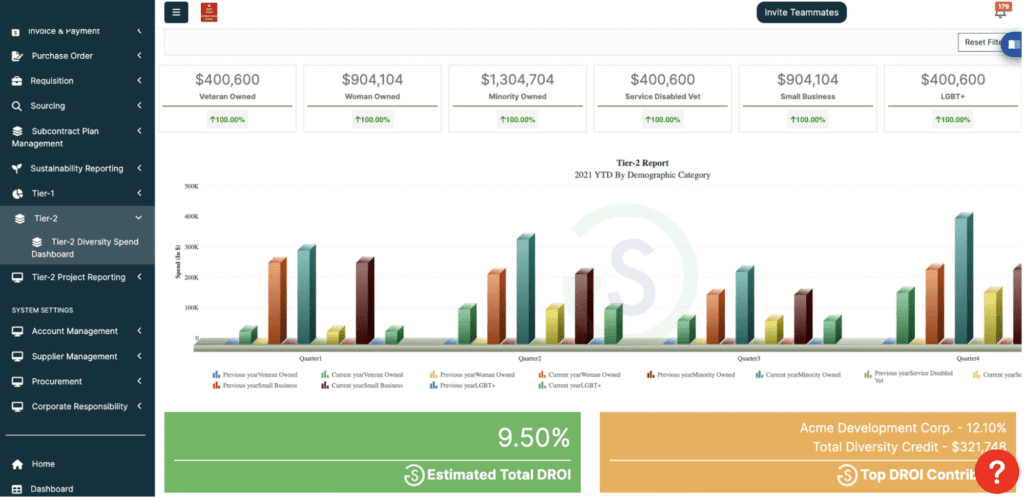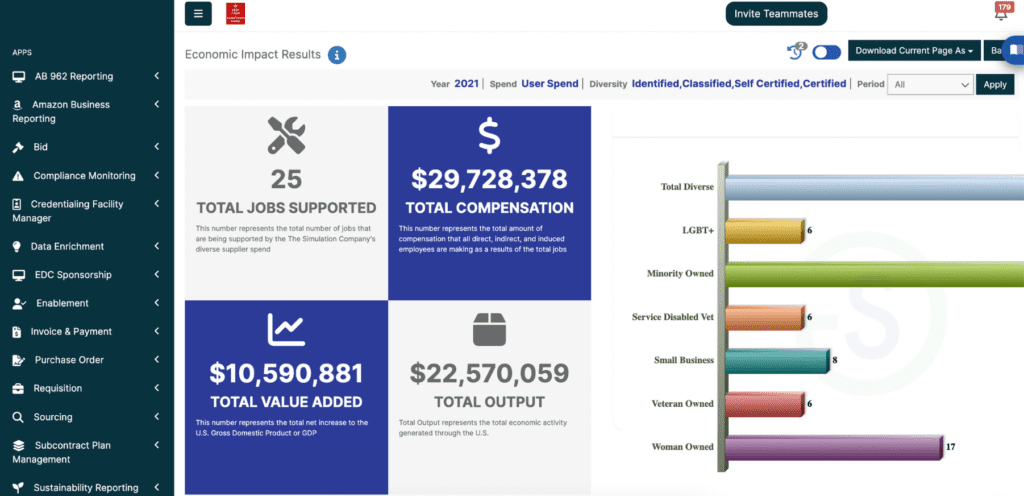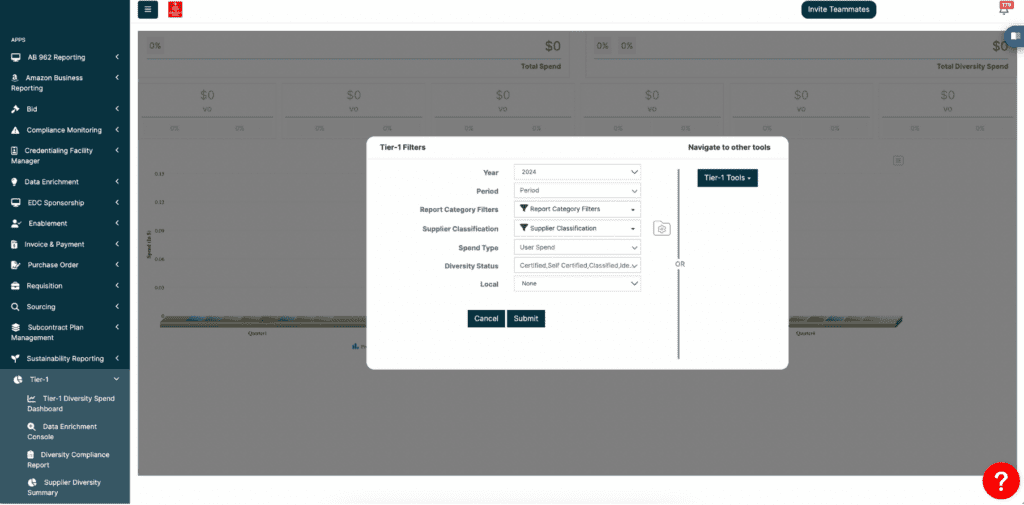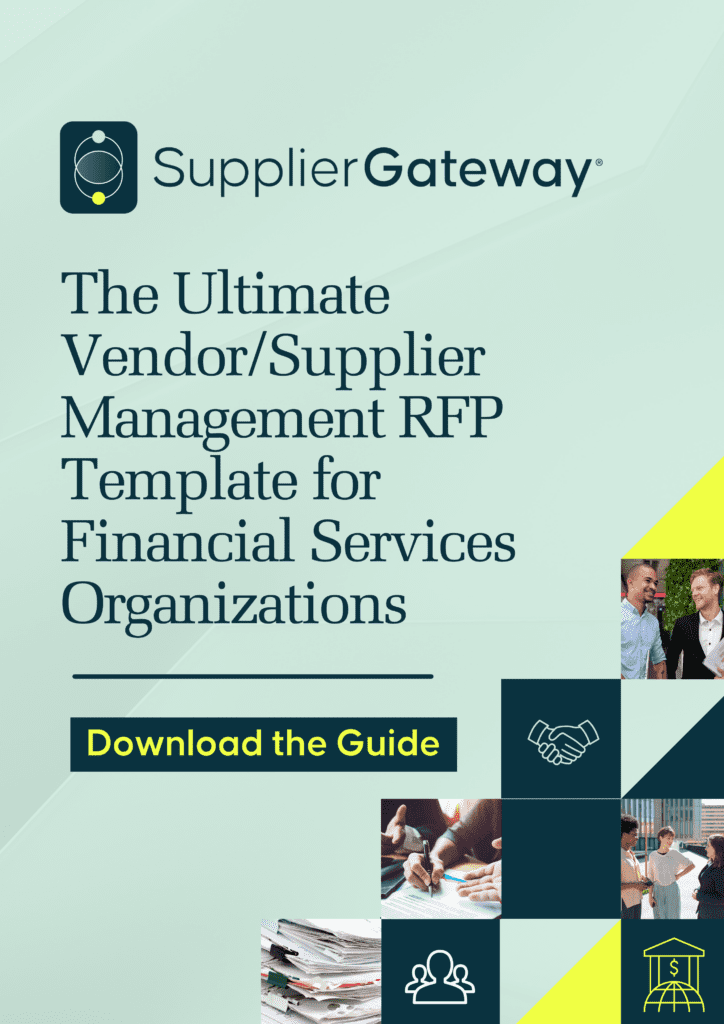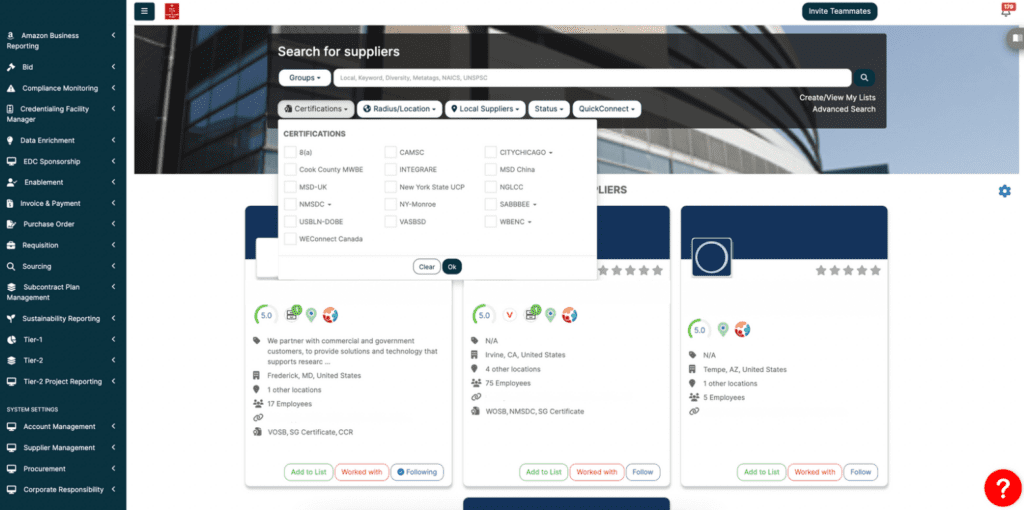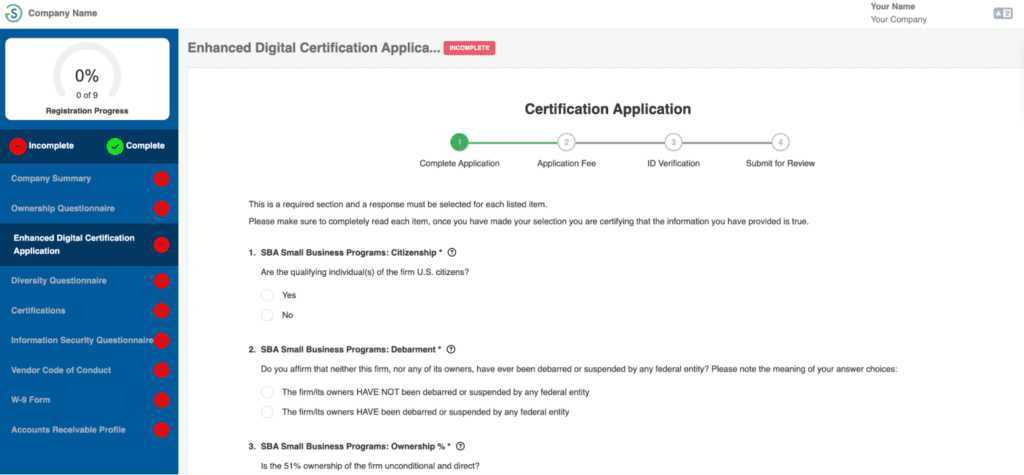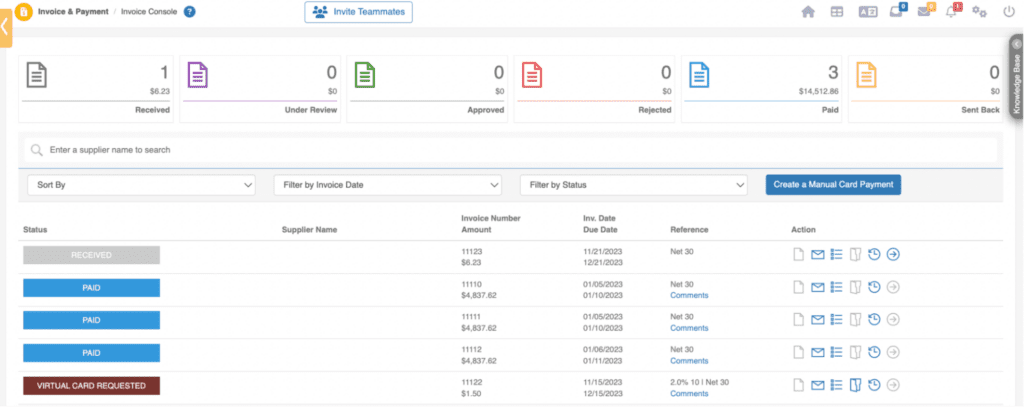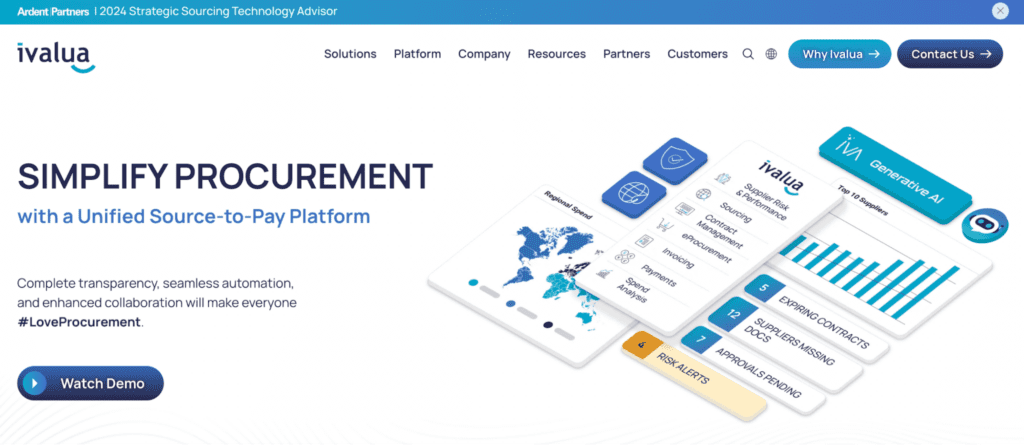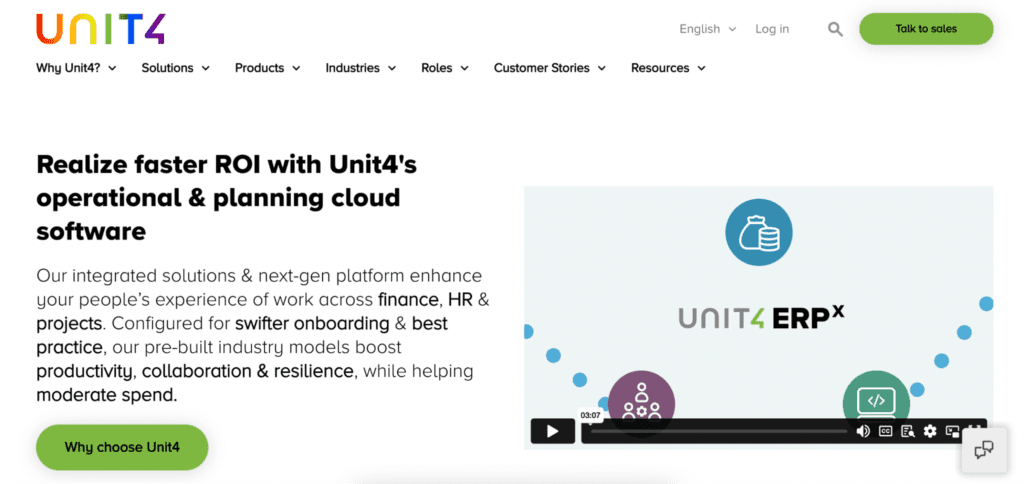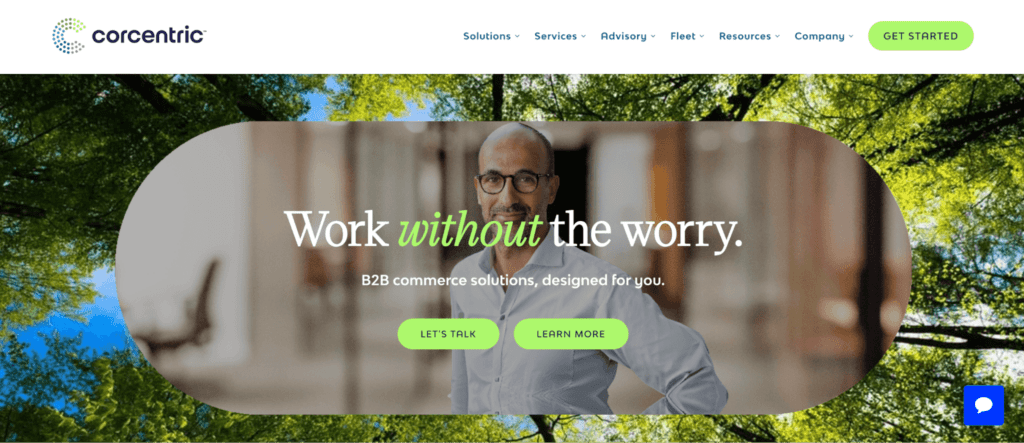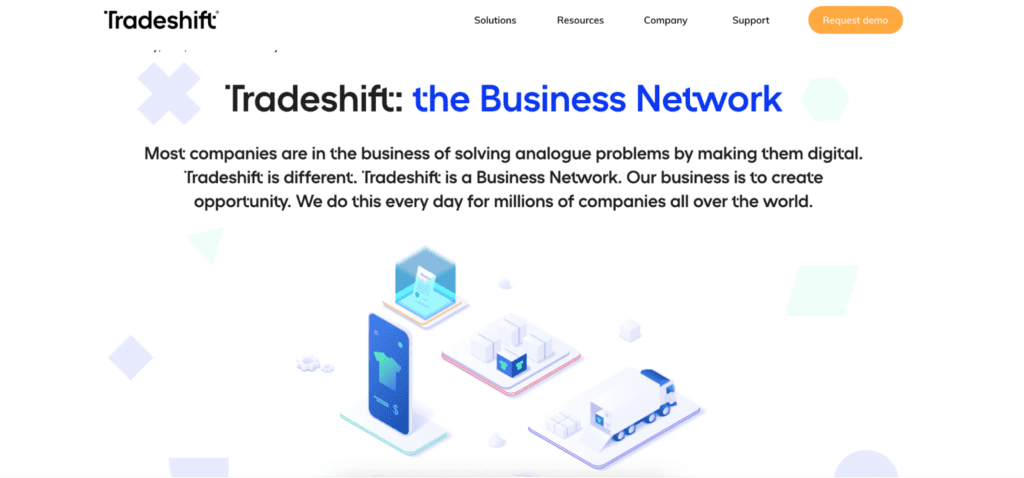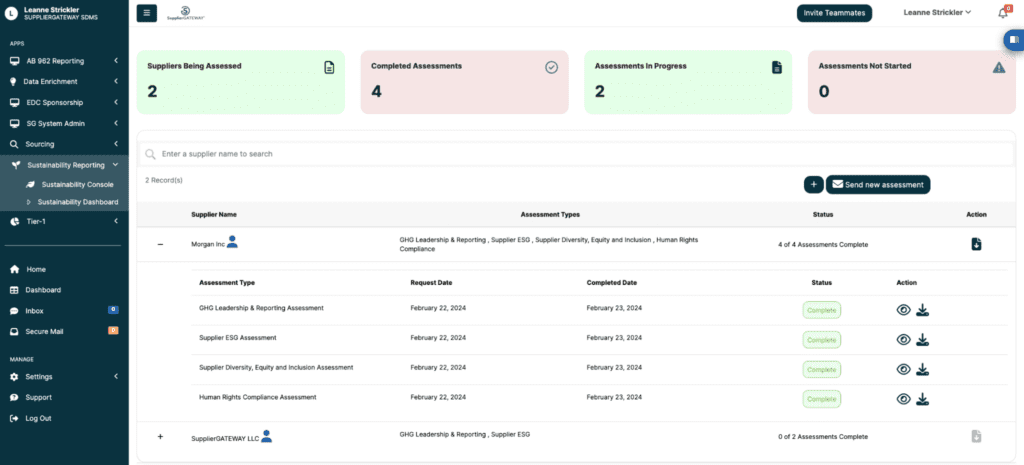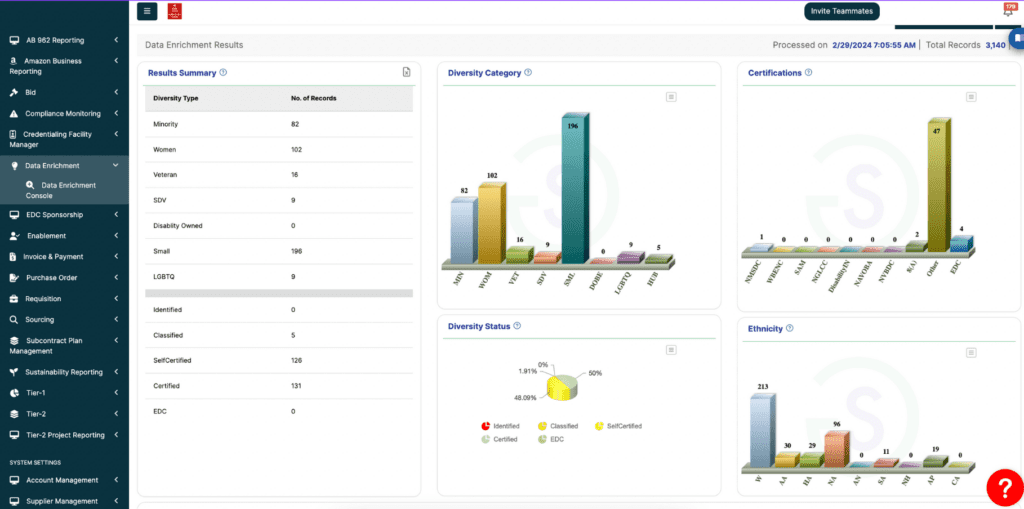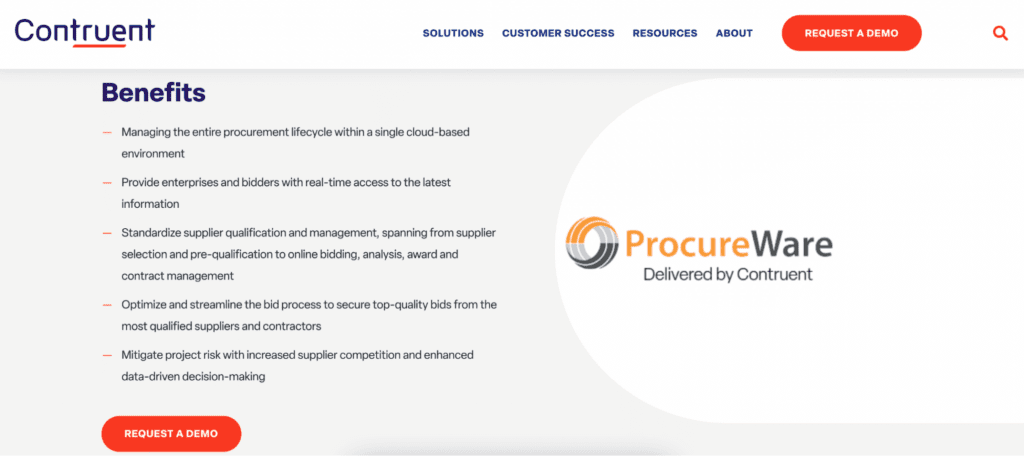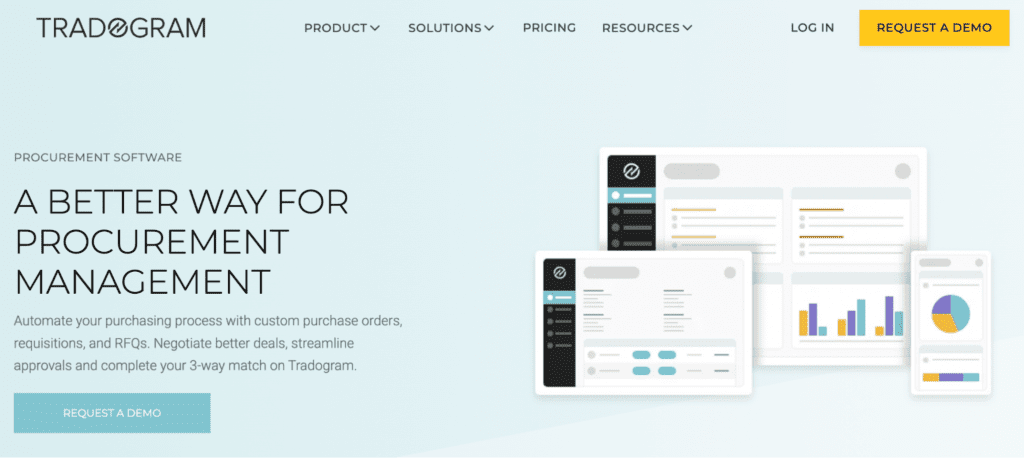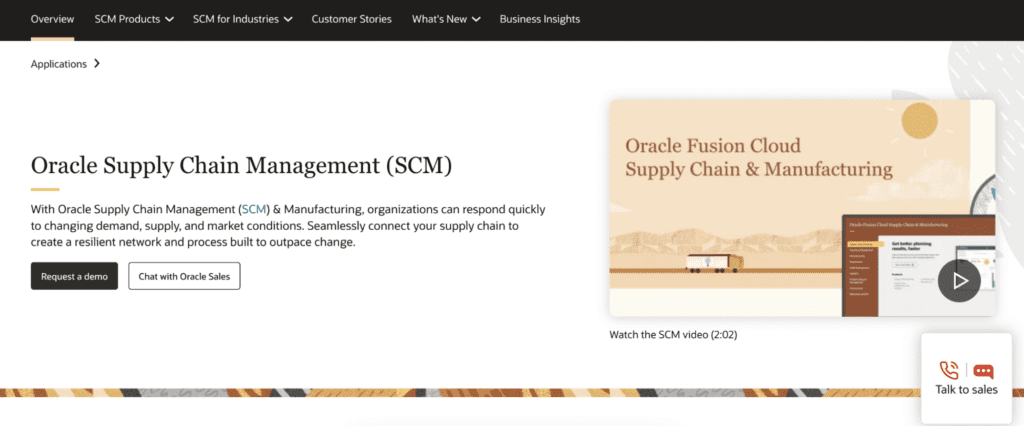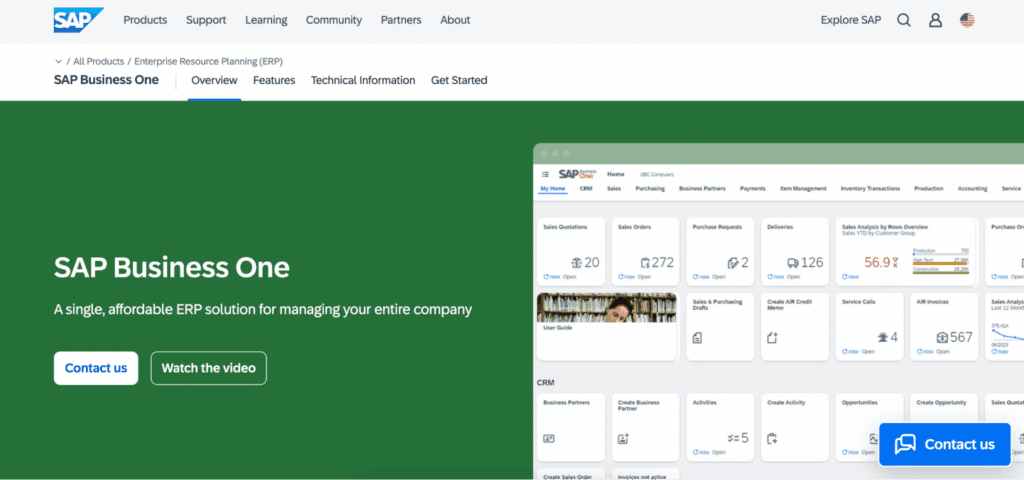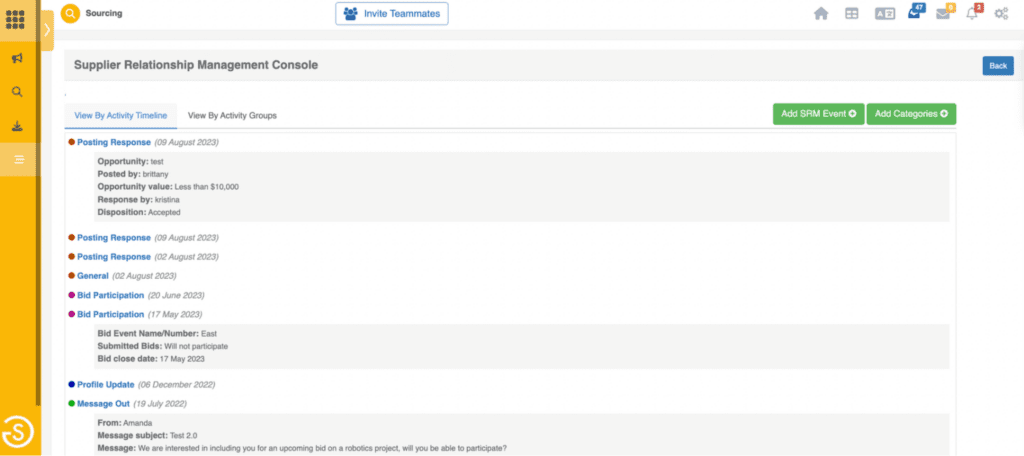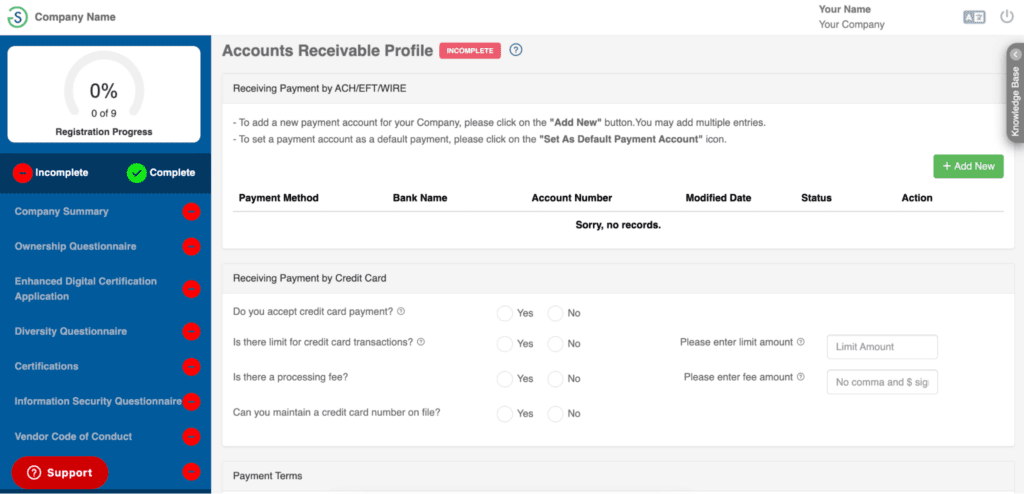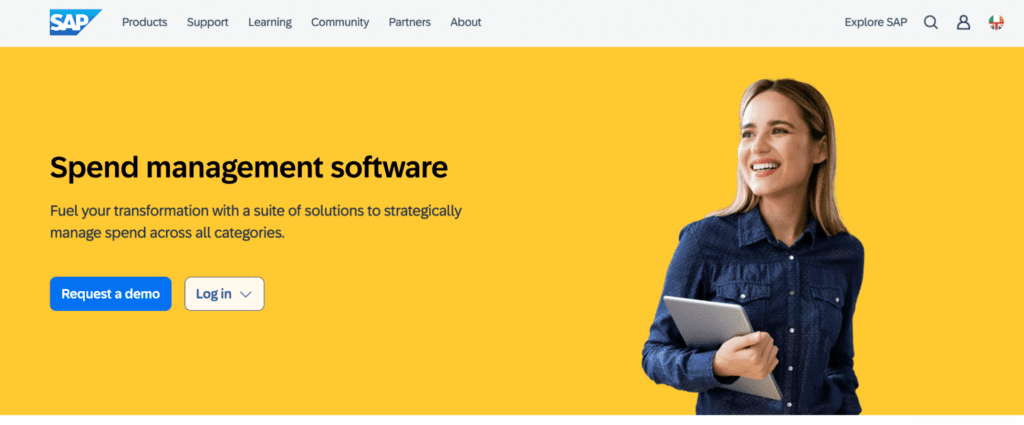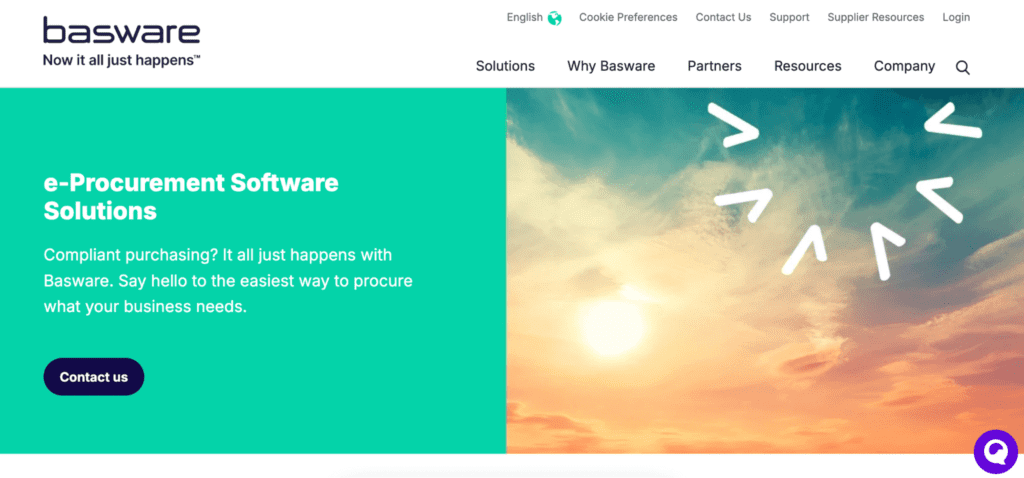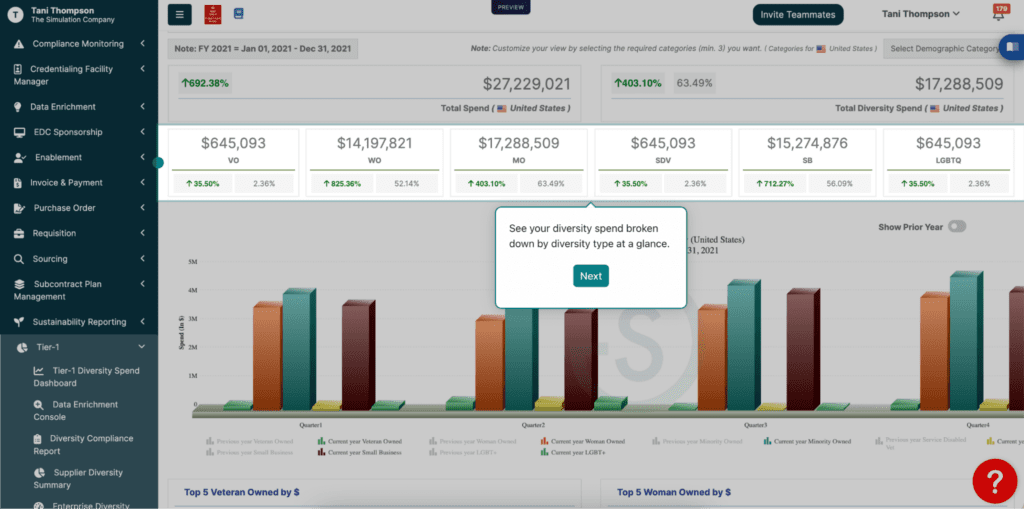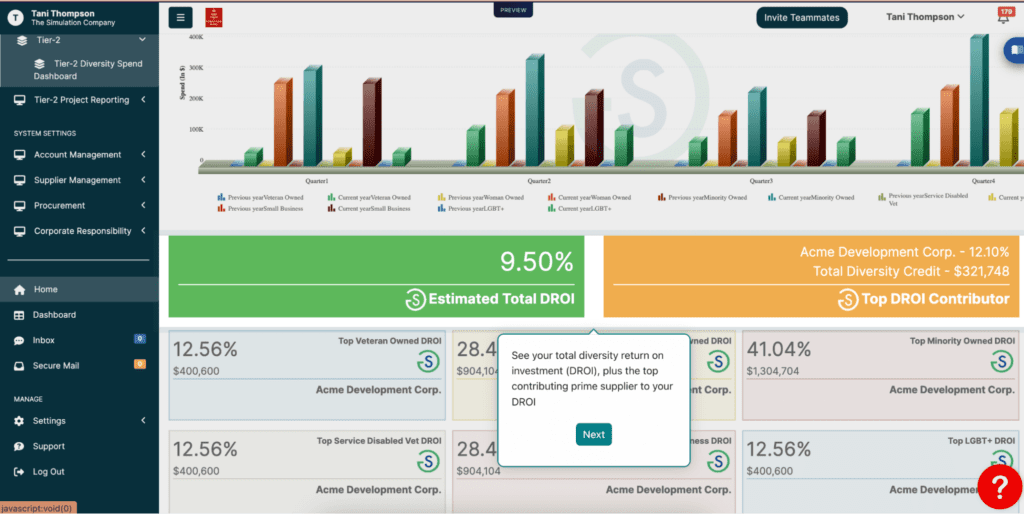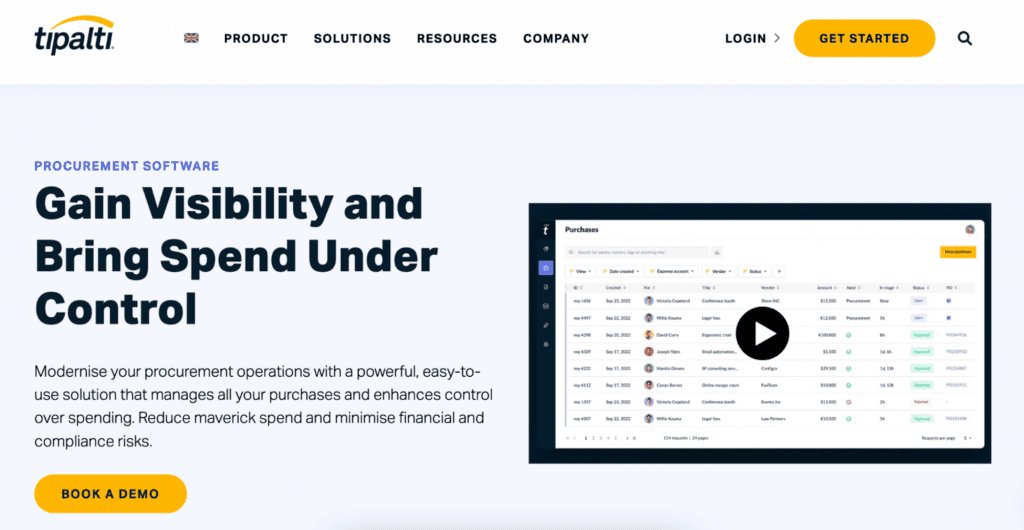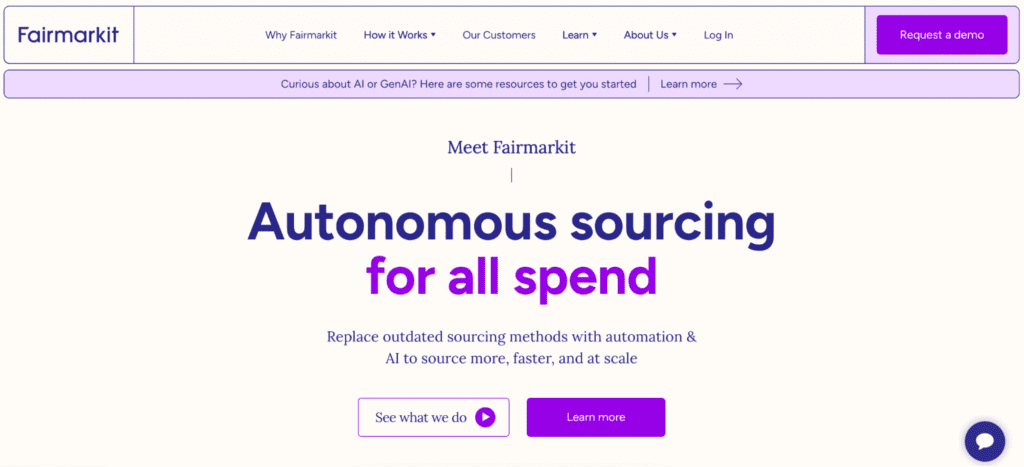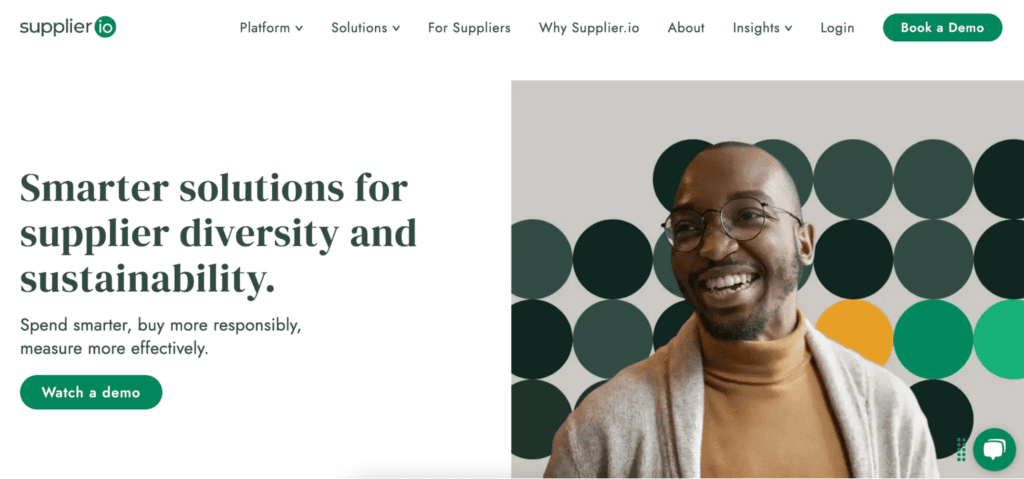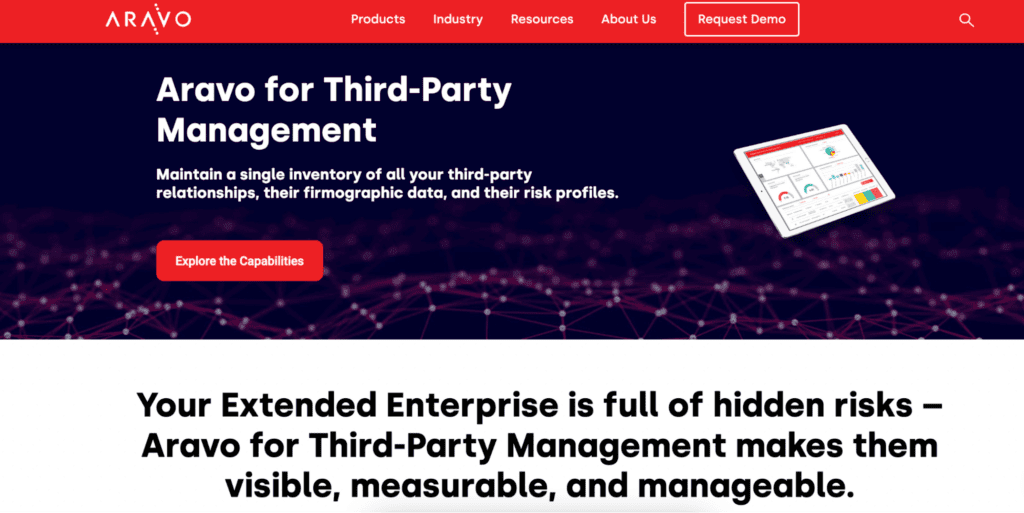Supplier.io Pricing: Is It Worth the Investment?
Click on the product you’re interested in learning about and get an interactive walkthrough.
Navigating the complexities of supplier diversity management can be a significant challenge for many businesses. Diversifying your supply chain, ensuring compliance, tracking diversity spend, and demonstrating the ROI of your supplier diversity program is often overwhelming.
The frustration only grows when you realize that not all supplier diversity solutions live up to their promises. High costs and clunky interfaces end up turning a strategic advantage into a resource drain.
Supplier.io is a prominent name in this space, but does its product and pricing justify the investment?
In this article, we’ll provide a comprehensive overview of the features and costs of the Supplier.io platform. More importantly, we’ll explore an alternative solution to help you make an informed decision before you invest time and money into a supplier diversity management platform.
How Much Does Supplier.io Cost?
Supplier.io offers various subscription tiers based on the number of end users and the version or combination of the services purchased.
The company does not have a transparent pricing structure for most of its offerings, but data enrichment for supplier records is charged at a flat rate of $1,500 for 1,000 records. Additional records, up to 2000 in total, can be purchased for $1.50 each.
Factors Affecting Supplier.io Pricing
Specializing in supplier diversity and environmental, social, and governance (ESG) performance, Supplier.io offers a range of products focused on benchmarking, supply chain growth, and expansion of ESG initiatives.
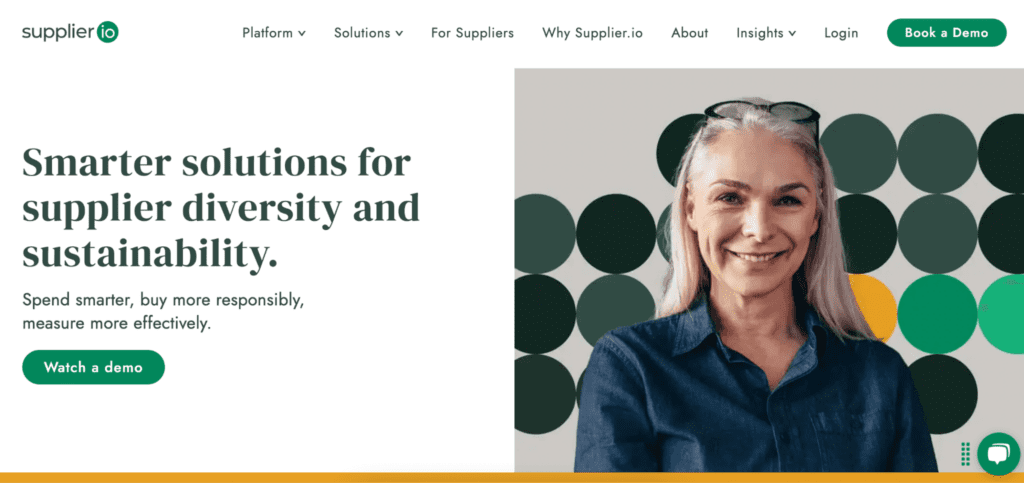
Supplier.io’s core products include:
- Supplier Data Enrichment
- Benchmarking
- Analytics & Reporting
- Supplier Explorer
- Supplier Emissions
- Supplier Registration
- Tier 2 Spend Reporting
- Economic Impact Analysis
These products can be purchased separately or bundled together, which affects the total cost of the subscription.
Does Supplier.io Have a Free Plan?
Supplier.io does not have a free plan but the company does offer a free, expert-guided demo of its platform for potential customers. While a free trial option isn’t easily accessible through the website, Supplier.io’s Supplier Agreement states that potential customers may be offered a trial version of the platform in some cases.
Is Supplier.io Worth the Investment?
The Supplier.io platform consists of a comprehensive set of supplier diversity management tools. Data enrichment tools allow you to determine a baseline for your supplier diversity initiatives while benchmarking tools compare your current diversity spend against 400 other companies. Analytics and reporting tools highlight gaps and inspire innovative ideas to help your diversity programs grow.
The Supplier Explorer tool allows you to quickly and easily source new diverse suppliers to bolster your current selection and Supplier Registration provides a seamless onboarding experience. Tier 2 Spend Reporting provides deeper insights into diversity spending across your supply chains.
The problem is that many supplier diversity management platforms provide similar offerings. Oftentimes, what sets a solution apart are factors that are difficult to determine without customer reviews or access to a free trial — interface design, integration capabilities, customer service, and ease of use.
Supplier.io lacks credible reviews across third-party sites, making it difficult to determine how its products stack up against competitors. The free trial version is also difficult to access, which means your team won’t know if the product is right for you until you fully invest in integrating the platform.
Subscribe
Get thought leadership, upcoming events, SupplierGateway product updates, and more directly in your inbox.
Exploring Alternatives to Supplier.io?
There are numerous Supplier.io alternatives to consider when exploring supplier management platforms. With SupplierGateway’s Supplier Diversity Management Software, for example, you get access to a wide range of key features, including:
- Unlimited Supplier Data Enrichment
- Tier-1 & Tier-2 Diversity Spend Analysis and Reporting
- Comprehensive Sustainability Assessments and Reporting
- Economic Impact Reporting
- Compliance and Risk Assessments
- Diverse Supplier Search
- Supplier Onboarding and Offboarding
- Amazon Business Diversity Reporting
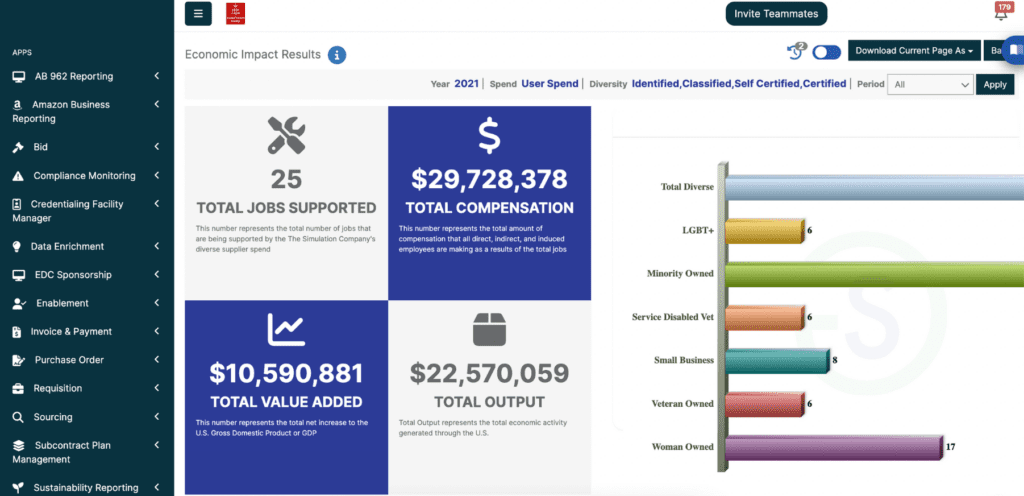
SupplierGateway’s Economic Impact Results dashboard.
Depending on your subscription, you will also get access to the SupplyShift Buyer Portal, which allows you to dive deeper into supplier data analysis across your supply chain and plan corrective actions. Along with our core offerings, customers also benefit from:
- Intuitive, user-friendly dashboards and customization options.
- Easy integration with your current ERP/AP systems.
- Centralized information and streamlined data entry.
- Unlimited seat licenses to support growth.
- Access to over 6 million supplier profiles.
- Virtual payments and invoice tracking.
- Supplier management and communication tools.
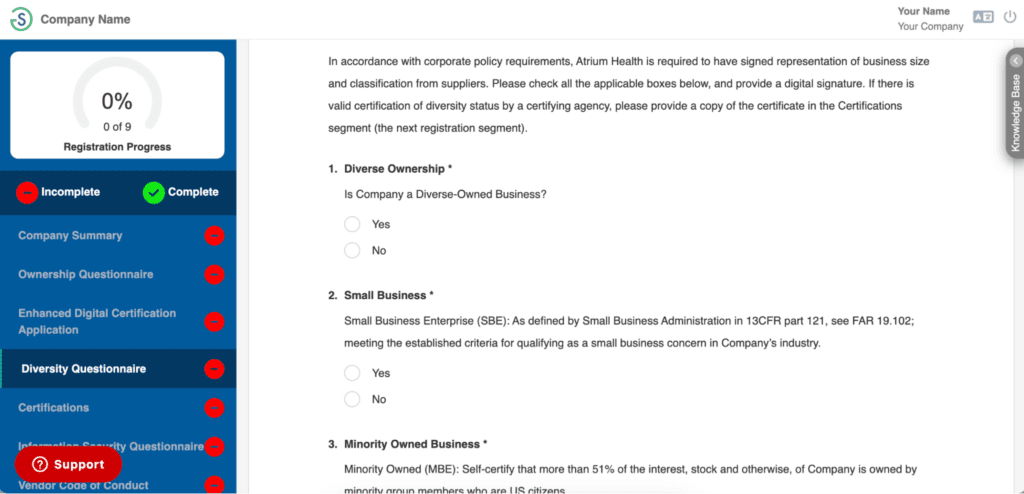
Simple, user-friendly interface for both buyers and suppliers.
To help potential customers make informed decisions around affordability and budgeting, SupplierGateway offers transparent pricing based on a tiered subscription model.
- Basic Platform: $20,500/year
- Premium Platform: $25,000/year
- Corporate Social Responsibility Platform: $39,000/year
Customers can also choose to subscribe to certain tools separately. For example, SupplierGateway’s onboarding software starts at $45,000/year while supplier assessment packages start at $17,000 for 100 assessments.
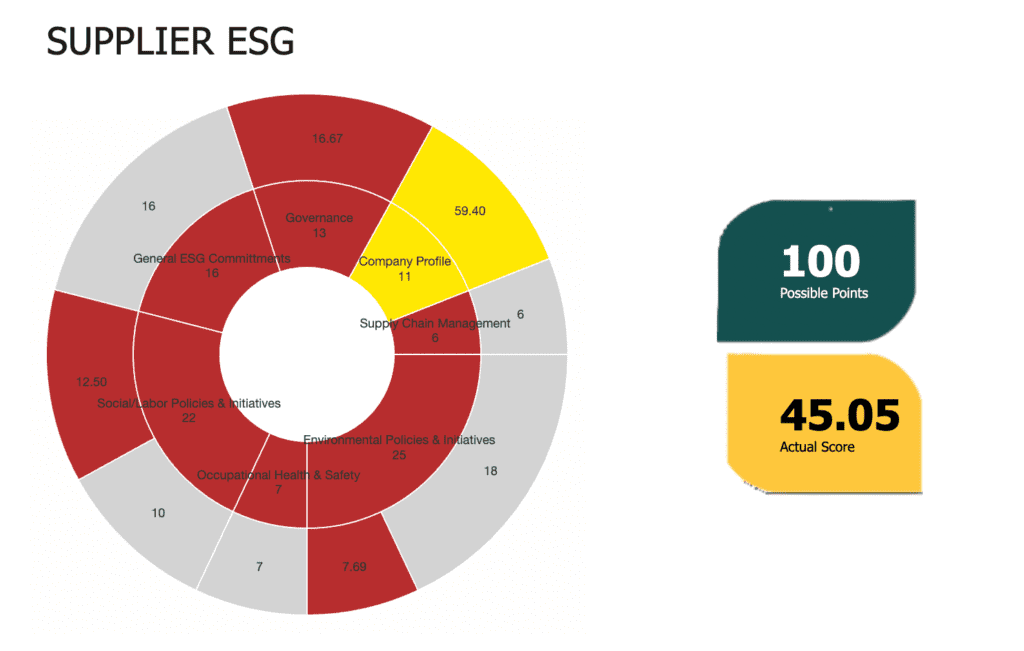
Comprehensive supplier ESG assessment results from SupplierGateway.
Find Out More
Ready to explore our platform in greater detail? Experience the SupplierGateway difference firsthand. Our team will guide you through the entire process and showcase key features and capabilities designed to enhance sustainable procurement and diversity program management.












